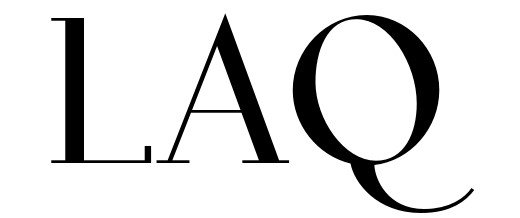Pour l'abolition des frontières entre l'électro acoustique et la techno !
Arnaud Rebotini
Du GRM (Groupe de Recherches Musicales) d'un côté avec Christian Zanési et de l'autre la techno avancée d'Arnaud Rebotini pour un album qui cisaille la frontière des genres. Bienvenue sur la Frontière abolie !
Une frontière imaginaire sépare Arnaud Rebotini et Christian Zanési. Le premier, né en 1970, est l’une des figures de la génération techno apparue au cours des années 1990. Le second, né en 1952, est quant à lui le directeur adjoint, et surtout l’un des compositeurs attitrés du GRM (Groupe de Recherches Musicales), une institution de référence au sein de ce que l’on nomme la musique électroacoustique.
Aux commandes de ses synthétiseurs analogiques de légende, Rebotini apporte à ce projet sa maîtrise des arpèges, des nappes, des percussions et des séquences qui ont fait la réussite de ses album. De son côté, Zanési, équipé de son ordinateur, délivre toute une série de sonorités électroniques aux timbres tour-à-tour diaphanes, graciles, irréels ou plus rugueux, obtenus à partir du traitement informatique de sons naturels ou acoustiques. La majorité des titres qui composent l’album à venir en avril, possèdent avant tout une forme de construction dramatique, à l’image de « Frontieres », marqué par un très beau sens de la suspension et de la progression, proche de certains climats cinématographiques, sur lesquels viennent se poser des tonalités denses et tourbillonnantes, ainsi que la voix d’Arnaud, transformée à l’aide d’un vocodeur. « Approche/Accumulation » , quant à lui, s’ouvre sur les textures digitales et les timbres chuchotés de Christian, auxquels viennent répondre les sons acid, les nappes de synthétiseurs pour finir dans un climax frénétique. Enfin, « Heaven Ill » lorgne quant à lui vers les atmosphères planantes et les boucles hypnotiques de l’Allemagne seventies de Cluster ou Harmonia.
Et, en attendant le 21 avril, un petit mix d'une demi-heure sur Soundcloud, pour vous donner une idée du son auquel il faudra s'attendre.


